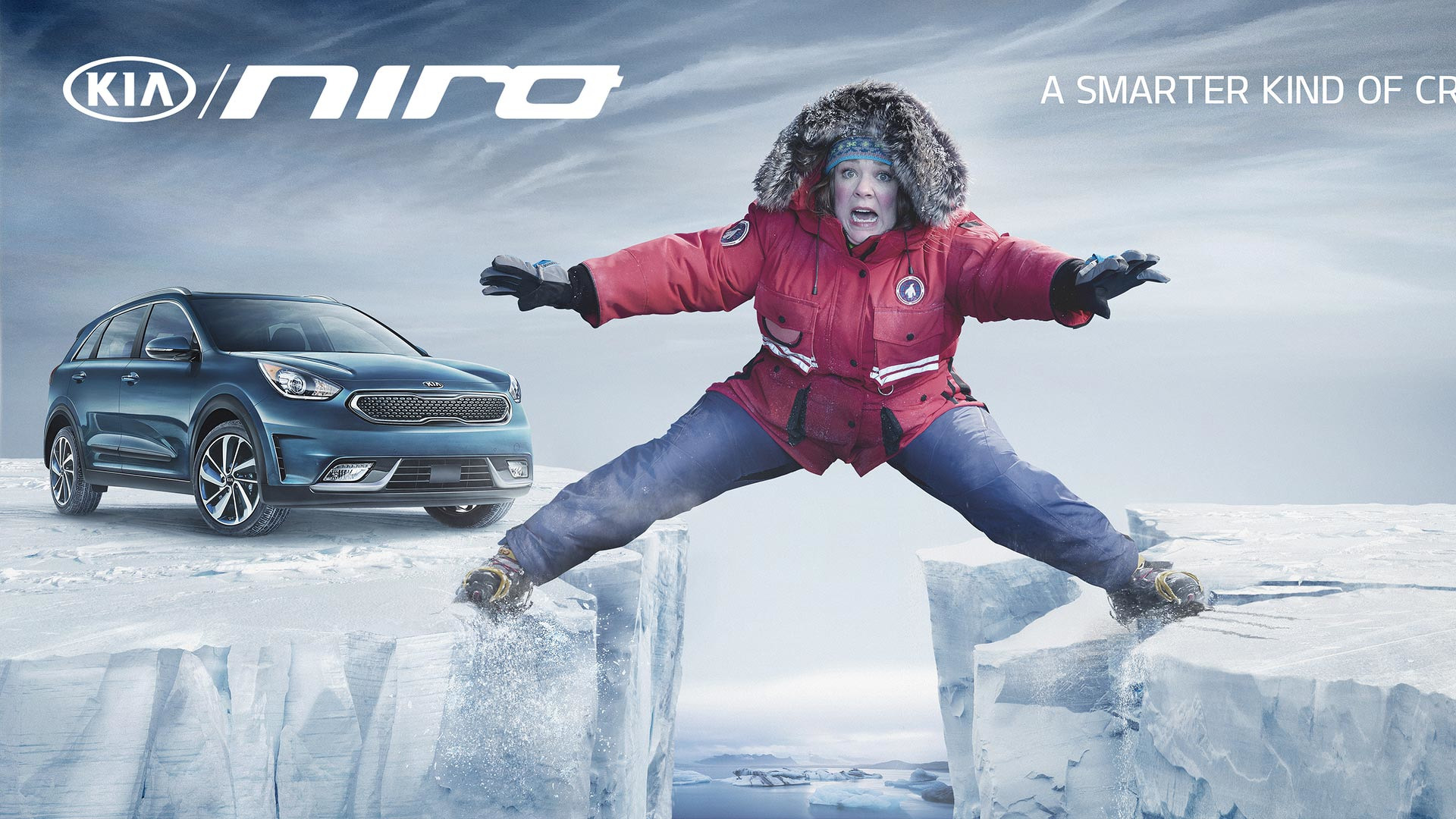Porsche, Lexus, Toyota top J.D. Power dependability study

Lexus and Porsche are the auto brands that showed the fewest problems after three years of ownership, though technology troubles continue to drag down dependability ratings overall, a new survey from research firm J.D. Power finds.
On average, owners of 2014 models reported 156 issues per 100 cars in the past 12 months, up four from last year's survey, says J.D. Power in the 2017 U.S. Vehicle Dependability Study.
Some 22% of the problems involved balky tech, whether it was related to audio systems, communication, infotainment or navigation. Last year, the figure was 20%.
Most problems involved smartphones and other devices that refused to pair through Bluetooth and voice-recognition systems that had trouble recognizing voices. Next came batteries that failed or wore out prematurely.
Interestingly, the 10 best-selling models also averaged fewer problems, some 134 per 100 cars. The best-selling truck, the Ford F-150, and car, Toyota Camry, led their respective categories.
"Buyers are increasingly avoiding models with poor reputations for dependability, so manufacturers can't afford to let their quality slip," says Dave Sargent, vice president of global automotive at J.D. Power, in a statement.
As for best brands, Lexus and Porsche tied for first place for fewest problems with 110 per 100 cars. Lexus has been at the top for six straight years. The worst brand was Fiat, with 298 per 100 cars, followed by Jeep and Infiniti.
Toyota and Buick came in third and fourth, respectively, marking strong showings for non-luxury brands.
"The good news is consumers don't have to spend a lot of money to get a very dependable vehicle," Sargent said.
The most improved brand was Hyundai, which shed 25 problems per 100 vehicles to come in at 133. It ranked sixth, up from 19th last year. Power says it was Hyundai's best-ever showing.
Dodge and Ford improved by 21 problems per 100 vehicles and Land Rover was up by 20.
Here are the rankings by brand and the number of problems reported per 100 vehicles:
1. (tie) Lexus 110
1. (tie) Porsche 110
3. Toyota 123
4. Buick 126
5. Mercedes-Benz 131
6. Hyundai 133
7. BMW 139
8. Chevrolet 142
9. Honda 143
10. Jaguar 144
11. Kia 148
12. (tie) Lincoln 150
12. (tie) Mini 150
14. GMC 151
15. Cadillac 152
16. Audi 153
17. Volvo 154
AVERAGE 156
18. Chrysler 159
19. (tie) Subaru 164
19. (tie) Volkswagen 164
21. Mazda 166
22. Acura 167
23. Nissan 170
24. Land Rover 178
25. Mitsubishi 182
26. (tie) Ford 183
26. (tie) Ram 183
28. Dodge 187
29. Infiniti 203
30. Jeep 209
31. Fiat 298
Top three models per segment (in order of fewest issues)
Small car
Chevrolet Sonic
Nissan Versa
Compact car
Toyota Prius
Buick Verano (tie)
Honda Civic (tie)
Compact Premium Car
Lexus ES
Mercedes-Benz C-Class
Acura ILX
Midsize Car
Toyota Camry
Chevrolet Malibu
Hyundai Sonata
Midsize Sporty Car
Chevrolet Camaro
Ford Mustang
Midsize Premium Car
Lexus GS
Mercedes-Benz E-Class
Audi A7
Large Car
Toyota Avalon
Buick LaCrosse
Kia Cadenza
Small SUV
Volkswagen Tiguan
Buick Encore
Hyundai Tucson
Compact MPV
Toyuta Prius V
Kia Soul
Compact SUV
Toyota FJ Cruiser
Chevrolet Equinox
GMC Terrain
Compact Premium SUV
Mercedes-Benz GLK-Class
Acura RDX
Volvo XC60
Midsize Pickup
Honda Ridgeline
Nissan Frontier
Midsize SUV
Toyota Venza
Ford Edge (tie)
Honda Pilot (tie)
Midsize Premium SUV
Lexus RX
Lexus GX
Porsche Cayenne
Minivan
Toyota Sienna
Chrysler Town & Country
Dodge Grand Caravan
Large SUV
Chevrolet Tahoe
GMC Yukon
Large Light Duty Pickup
Ford F-150
Toyota Tundra
Chevrolet Silverado (tie)
Ram 1500 (tie)
Large Heavy Duty Pickup
Chevrolet Silverado HD
GMC Sierra HD
Ford Super Duty
by: usatoday.com
Porsche, Lexus, Toyota Top JD Power Dependability Study............ www.redlineautosales.ca/porsche--lexus--toyota-top-j-d--power-dependability-study.htm


